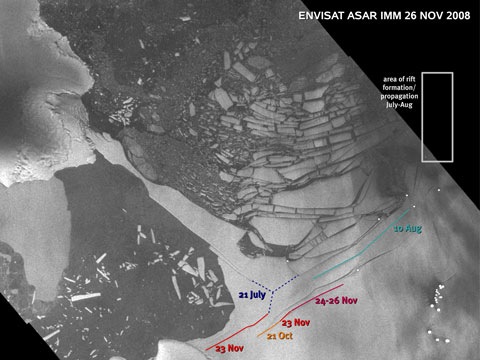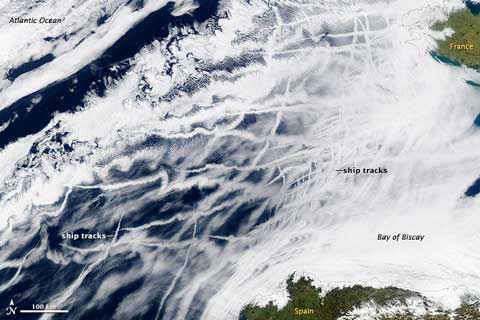
Gwynne Dyer’s new book Climate Wars explores the all-important political dimension of addressing climate change. Military history is Dyer’s speciality. One origin of this book was his dawning awareness that, in a number of the great powers, climate-change scenarios are already playing a large role in the military planning process. The other factor persuading him to write the book was the realisation that the first and most important impact of climate change on human civilisation will be an acute and permanent crisis of food supply.
He produces scenarios of his own to introduce each of the book’s seven chapters, positing in coming decades dangerous geopolitical developments in response to food shortages, with massive levels of human deaths. The scenarios range through many eventualities: dangerous confrontation on the Sino-Russian border; nuclear conflict between India and Pakistan; the collapse of the European Union under the stress of south-north mass migration; a lethally effective border barrier between the US and Mexico with disastrous consequences for Mexico and the alienation of Hispanic-Americans within the US; a unilateral geo-engineering project gone wrong; and much else. His final scenario is different in that it looks much further ahead to a possible major extinction as a result of global warming effects on the oceans, drawing on the hypotheses in paleontologist Peter Ward’s recent book Under A Green Sky.
Dyer claims no certainty for his scenarios of course, but there is no denying their underlying credibility. As the main chapters of the book make apparent, the climate changes on which the scenarios are based are inescapable if we carry on with business as usual. The book is as much about climate science as about the political and strategic consequences of climate change. Dyer is conversant with the major themes of current science, and well understands the feedback mechanisms which threaten to accelerate the warming already under way. He serves the general reader well in his this respect. He knows how to explain to lay people the complexities in which the experts deal.
He also spends a good deal of space canvassing mitigation possibilities and the likelihood or otherwise of their being adopted. “We Can Fix This…” says one chapter, “…But Probably Not in Time” says the next, which is why he goes on to consider geo-engineering measures as an emergency fall-back option if the political process doesn’t deliver the goods on time.
As a respected journalist he has had access to numerous scientists, soldiers, bureaucrats and politicians. Extracts from their interviews are a core element of the book. They lift his material clearly out of the realm of journalistic conjecture into the sober realms of the everyday working life of those he speaks with. The interviews have the further advantage of being recent and the book consequently takes us to where things stand right now. There is little doubt that they are worse than hitherto predicted.
Neither optimistic nor pessimistic, Dyer looks for realism. His final chapter centres partly on James Lovelock whom he sees as the most important figure in both the life sciences and the climate sciences for the past half-century; indeed he has him up there with a figure like Charles Darwin in the pantheon of scientific heroes. But he finds the resolve to differ from Lovelock’s belief that irreparable damage has already been done. Dyer’s hope is that we will move sufficiently quickly towards decarbonising our economies to avoid the worst prospects of conflict and famine portrayed in his scenarios. He reflects on the small miracle that “at exactly the same time when it became clear we have to stop burning fossil fuels, a wide variety of other technologies for generating energy became available.” But to make use of the opportunity we have within the next few decades, we will need, he concludes, the grown-up values of self-restraint and the ability to cooperate. One hopes this is not too much to ask.
Like this:
Like Loading...
 Some summer reading for NZ prime minister John Key: Christopher, Viscount Monckton of Brenchley (“I’m no potty peer”) has penned another of his dippy epistles — an “open letter” in the next issue of Free Radical, an NZ libertarian publication. His last, to John McCain, was a triumph of hilariously overblown climate crank nonsense. This looks to be no more succinct, but has the publishers of FR chortling with excitement. From Not PC:
Some summer reading for NZ prime minister John Key: Christopher, Viscount Monckton of Brenchley (“I’m no potty peer”) has penned another of his dippy epistles — an “open letter” in the next issue of Free Radical, an NZ libertarian publication. His last, to John McCain, was a triumph of hilariously overblown climate crank nonsense. This looks to be no more succinct, but has the publishers of FR chortling with excitement. From Not PC:



